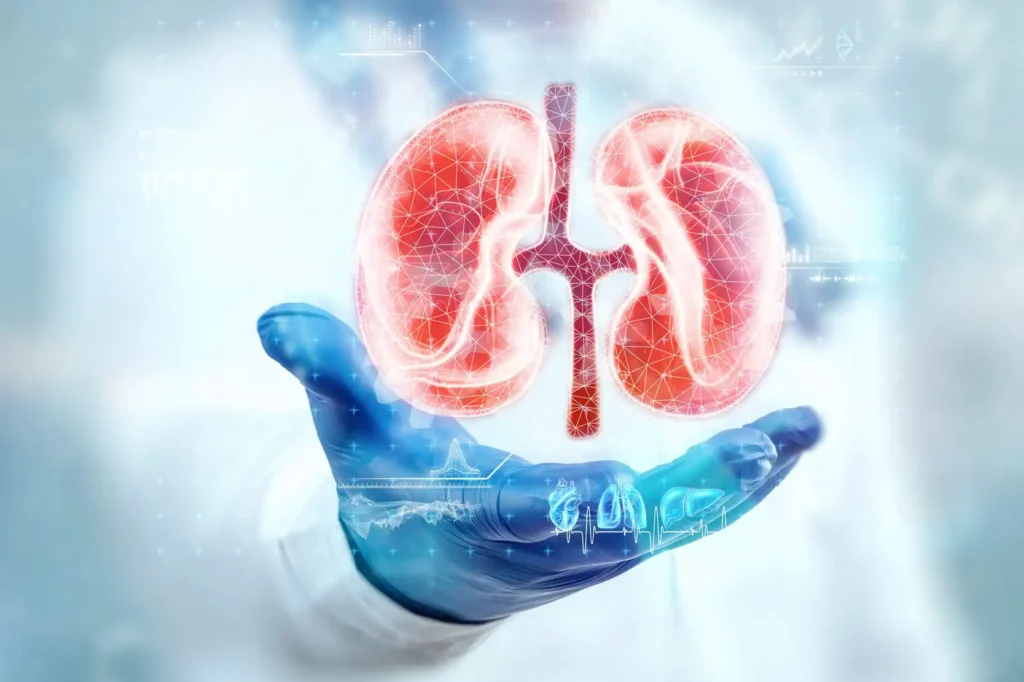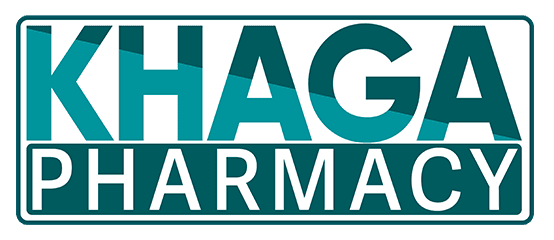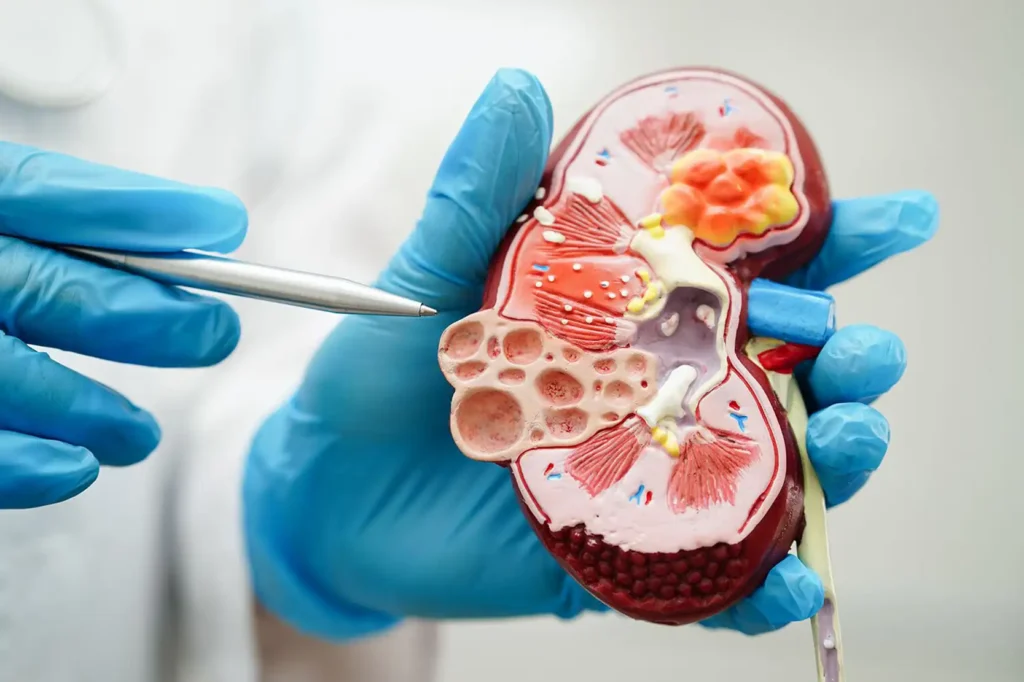Whether you’re newly diagnosed or managing advanced CKD, understanding these dietary changes can help slow progression, prevent dangerous imbalances, and improve quality of life. Learn the science-backed approach and everyday strategies to adapt your meals for optimal kidney support.
Introduction to Modification of Diet in Renal Disease:
When kidneys are not working at their best, every bite you eat can make a difference. As someone who has seen many patients improve their kidney health through careful nutrition, I can tell you that diet is one of the most powerful tools in managing renal disease. Your kidneys filter waste, balance electrolytes, and regulate fluids but when they’re damaged, they can’t do this efficiently. That’s where the right dietary changes step in.
The modification of diet in renal disease (MDRD) is not just about avoiding certain foods it’s about customizing your nutrition to match your kidney’s abilities. By adjusting protein, sodium, potassium, phosphorus, and fluid intake, you can slow down disease progression, reduce symptoms like swelling or fatigue, and improve quality of life. Let’s break down exactly what this means and how you can apply it.
It depends on potassium levels high potassium foods may need to be limited in advanced CKD.
Why Diet Modification Matters in Renal Disease:
When the kidneys are impaired, waste products and excess minerals build up in the blood. Over time, this can lead to high blood pressure, bone damage, heart problems, and fluid overload. Medical treatment helps, but dietary changes directly reduce the workload on your kidneys.
Clinical studies including the well-known MDRD Study show that controlled protein intake slows kidney damage. Similarly, monitoring electrolytes like potassium and phosphorus can prevent dangerous heart rhythms and bone weakness. In short, diet is not a side note in kidney disease management; it’s a core part of treatment.
Protein Control Quality and Quantity Matter:
In renal disease, too much protein can lead to more urea and creatinine buildup, worsening kidney strain. But too little protein causes malnutrition. The key is moderate protein intake often 0.6–0.8 g/kg body weight per day in chronic kidney disease (CKD) without dialysis.
High-quality proteins such as egg whites, lean poultry, and fish provide essential amino acids without excessive waste. In dialysis patients, protein needs are slightly higher because some protein is lost during treatment. Balance is everything never cut protein drastically without a doctor or dietitian’s guidance.

Sodium Restriction for Blood Pressure and Fluid Control:
Too much sodium makes your body hold onto fluid, leading to swelling (edema) and high blood pressure. Both of these put extra stress on damaged kidneys. Most CKD patients should aim for less than 2,000 mg of sodium per day.
Practical tips: Avoid processed foods, canned soups, salty snacks, and instant noodles. Choose fresh herbs, lemon, and spices instead of salt for flavor. Reading food labels becomes a survival skill even “healthy” packaged foods can hide excess sodium.
Potassium Management to Prevent Heart Risks:
In healthy kidneys, excess potassium is easily removed. In CKD, potassium can rise dangerously (hyperkalemia), affecting heart rhythm. The right intake depends on your blood levels some patients need to limit high-potassium foods like bananas, oranges, potatoes, and tomatoes, while others don’t.
If potassium is high, small steps like double-boiling vegetables can lower their content. Working with your healthcare provider to monitor potassium levels regularly is critical for safety.
Phosphorus Control to Protect Bones and Heart:
When kidneys fail, phosphorus builds up in the blood, pulling calcium from bones and leading to bone disease and vascular calcification. Restricting phosphorus (800–1,000 mg/day) is key.
Avoid or limit dairy products, nuts, seeds, colas, and processed foods with phosphate additives. Opt for fresh, whole foods whenever possible. Sometimes, doctors prescribe phosphate binders to help control levels.
Fluid Management to Prevent Overload:
In advanced CKD, fluid restrictions prevent swelling, high blood pressure, and shortness of breath. The allowed amount depends on urine output and dialysis schedule. Measuring fluids includes all drinks plus soups, ice, and juicy fruits.
Simple tip: Sip fluids slowly, use smaller cups, and keep your mouth moist with ice chips or sugar-free gum if thirsty.
Calorie and Micronutrient Balance:
Limiting protein and certain minerals doesn’t mean going undernourished. Adequate calories from healthy carbs (rice, bread, fruits low in potassium) and fats (olive oil, canola oil) maintain energy.
Renal patients may also need tailored vitamins like water-soluble B-complex and vitamin C, but fat-soluble vitamins should be monitored to avoid toxicity.
Personalization is Key:
The modification of diet in renal disease is never “one-size-fits-all.” It changes depending on the stage of CKD, whether you are on dialysis, lab test results, and other health conditions like diabetes or heart disease. That’s why working closely with a renal dietitian is essential for safe and effective results.
FAQ
Most frequent questions and answers
Too much protein increases waste buildup, overloading damaged kidneys, but moderate intake prevents malnutrition.
It depends on potassium levels high potassium foods may need to be limited in advanced CKD.
Fluid needs vary by CKD stage and dialysis status follow your doctor’s advice.
Conclusion:
By carefully adjusting protein, sodium, potassium, phosphorus, and fluid intake, patients can reduce strain on their kidneys and avoid dangerous complications. The modification of diet in renal disease is a proven way to protect kidney function, slow disease progression, and improve overall well-being. This approach isn’t one-size-fits-all it must be tailored to each individual’s lab results, CKD stage, and lifestyle. With professional guidance and consistent habits, dietary modification becomes a powerful tool in managing kidney health for the long term.







